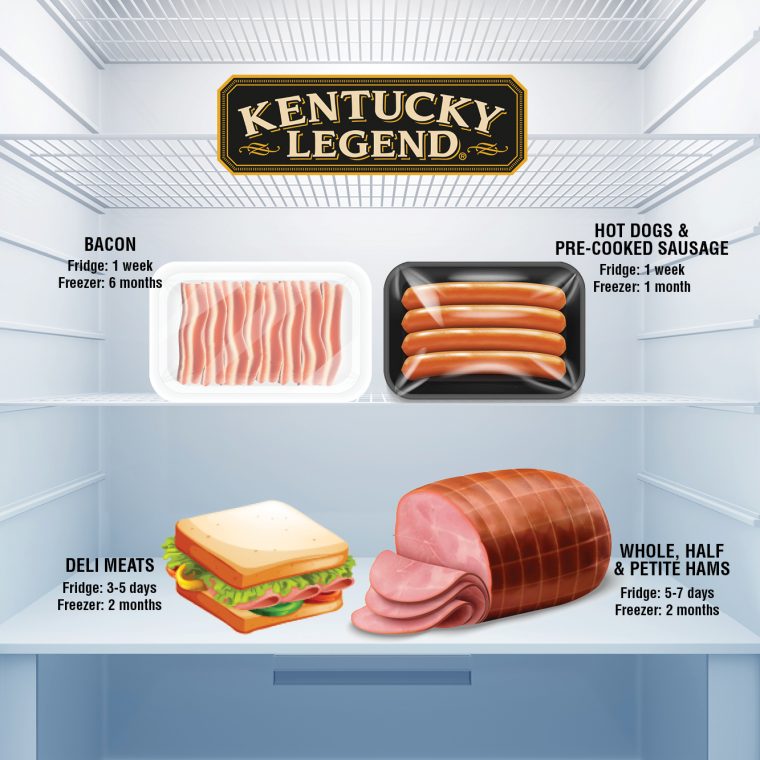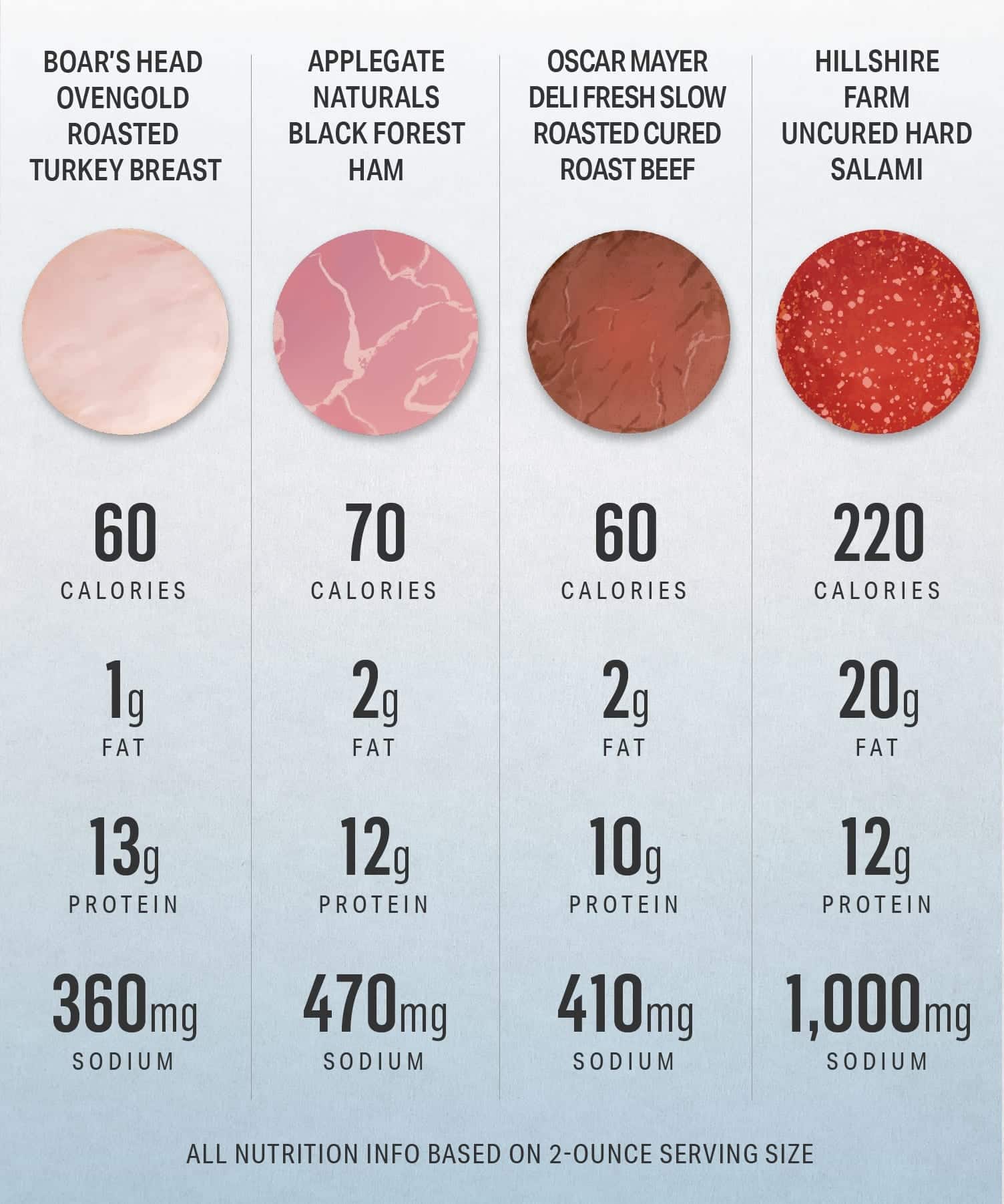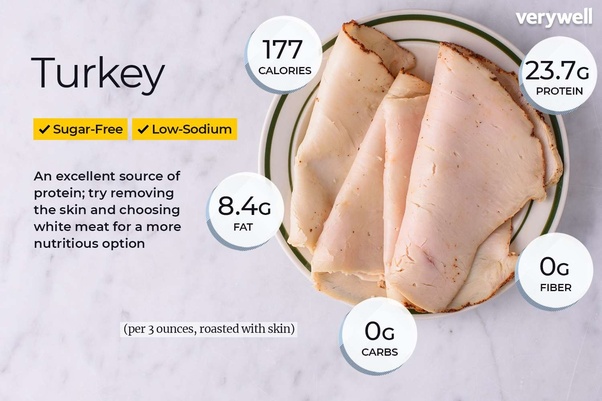Lunch meat is typically good for 3-5 days when stored properly in the refrigerator. It is important to check the expiration date on the packaging and follow storage guidelines to ensure freshness and safety.
When handling lunch meat, always practice good food safety habits to prevent any risk of foodborne illness. In today’s fast-paced world, lunch meat serves as a convenient and versatile option for quick meals and snacks. Whether you’re making a classic sandwich or adding slices to a salad, lunch meat can be a time-saving solution for busy individuals.
However, it’s crucial to understand how long lunch meat stays fresh to avoid any potential health risks. By learning about proper storage techniques and expiration dates, you can make the most of this popular food item while prioritizing your well-being. Remember, freshness is key when it comes to enjoying lunch meat safely.
:max_bytes(150000):strip_icc()/cold-cut-sandwiches-getty-0523-58401acd04154ef9a67d37b1a53071e2.jpg)
Credit: www.marthastewart.com
Introduction To Lunch Meat Preservation
Preserving lunch meat is crucial for freshness. Refrigerated, it stays good for 3-5 days. To extend its shelf life, freeze it for up to 1-2 months. Proper storage is key to maintaining quality.
Lunch meat, also known as deli meat or cold cuts, is a popular choice for sandwiches and salads. But have you ever wondered how long lunch meat stays fresh? Proper preservation is crucial to maintain its quality and prevent any potential health risks. In this article, we will explore the factors affecting the freshness of lunch meat and the role of preservatives in extending its shelf life.
Factors Affecting Freshness
Several factors play a significant role in determining the freshness of lunch meat:
- Temperature: Lunch meat should be stored at a temperature below 40°F (4°C) to slow down bacterial growth and maintain its quality.
- Exposure to air: Oxygen exposure can lead to oxidation and spoilage of lunch meat. Proper packaging is essential to minimize air contact.
- Humidity: Excess moisture can promote bacterial growth and accelerate spoilage. Maintaining the right humidity levels helps preserve the freshness of the meat.
- Quality of ingredients: The quality of the meat used in lunch meat production plays a vital role in determining its shelf life. Fresh, high-quality meat tends to last longer.
- Handling and storage: Proper handling and storage practices, such as avoiding cross-contamination and regular cleaning of equipment, are crucial to prevent bacterial contamination and ensure freshness.
The Role Of Preservatives
Preservatives are commonly used in lunch meat to extend its shelf life and prevent spoilage. These substances inhibit the growth of bacteria, fungi, and other microorganisms that can cause foodborne illnesses. While there is ongoing debate about the safety of preservatives, they are approved by regulatory bodies when used within specified limits.
Some commonly used preservatives in lunch meat include:
| Preservative | Function |
|---|---|
| Nitrites and Nitrates | Inhibit the growth of bacteria, enhance color, and provide a characteristic flavor. |
| Ascorbic Acid (Vitamin C) | Acts as an antioxidant to delay oxidation and maintain color. |
| Phosphates | Help retain moisture, improve texture, and prevent protein breakdown. |
It is important to note that preservatives are used in controlled amounts to ensure food safety without compromising taste and quality. However, individuals with specific dietary restrictions or sensitivities should carefully read ingredient labels or opt for preservative-free alternatives.
Unveiling Lunch Meat Types
Discovering the various lunch meat types unveils their shelf life. Understanding how long lunch meat is good for ensures freshness and food safety. Proper storage can extend the longevity of lunch meat.
Processed Vs. Unprocessed
When it comes to lunch meat, there are two main types: processed and unprocessed. Processed lunch meat is made by combining several cuts of meat, adding preservatives, and shaping the meat into a specific form. Unprocessed lunch meat, on the other hand, is simply sliced from a single piece of meat, such as a turkey breast or a ham.
Packaged Vs. Deli-cut
Lunch meat is also categorized as either packaged or deli-cut. Packaged lunch meat is pre-packaged in sealed containers and can be found in the refrigerated section of the grocery store. Deli-cut lunch meat, on the other hand, is sliced fresh at the deli counter and sold by weight.
How Long Is Lunch Meat Good For?
Regardless of the type of lunch meat, it is important to know how long is lunch meat good for. Packaged lunch meat typically has a sell-by date on the packaging, which is a good indicator of when the meat should be consumed by. Generally, packaged lunch meat can be stored in the refrigerator for up to two weeks after the sell-by date, as long as it has been properly sealed. Deli-cut lunch meat, on the other hand, should be consumed within three to five days of being sliced. It is important to note that lunch meat should always be stored in the refrigerator at a temperature below 40°F to prevent the growth of harmful bacteria.
In conclusion, knowing the different types of lunch meat and how long they are good for can help ensure that you are consuming safe and fresh meat. Always be sure to check the sell-by date on packaged lunch meat and consume deli-cut meat within a few days of being sliced.
Refrigeration And Its Impact
When it comes to keeping your lunch meat fresh and safe to eat, refrigeration plays a crucial role. Understanding the optimal temperature for storage and proper refrigerator placement can help extend the shelf life of your lunch meat and maintain its quality. Let’s dive into these factors to ensure your lunch meat stays delicious and safe for consumption.
Optimal Temperature For Storage
The temperature at which you store your lunch meat is vital for its freshness and safety. The optimal temperature for storing lunch meat is below 40°F (4°C). This low temperature helps slow down the growth of bacteria, keeping your meat safe to eat for a longer period.
It’s essential to regularly check the temperature of your refrigerator using a reliable thermometer. Ensure that the temperature remains consistently below the recommended level to prevent any potential bacterial growth.
Refrigerator Placement Tips
Proper refrigerator placement is another important factor that affects the freshness and longevity of your lunch meat. Follow these tips to optimize your refrigerator’s storage:
- Keep lunch meat away from the refrigerator door: The door is the warmest part of the refrigerator and experiences temperature fluctuations when opened frequently. Store your lunch meat on the middle or bottom shelves, where the temperature remains more consistent.
- Separate lunch meat from other food items: To prevent cross-contamination, store your lunch meat in airtight containers or sealed plastic bags. Keep them separate from raw meat, poultry, or seafood to avoid any potential transfer of bacteria.
- Don’t overcrowd the refrigerator: Allow sufficient space for air circulation within the refrigerator. Overcrowding can lead to uneven cooling and compromise the freshness of your lunch meat.
By following these refrigerator placement tips, you can maintain the quality and safety of your lunch meat, ensuring it remains delicious and ready to enjoy.
Decoding Date Labels
Lunch meat typically stays good for 3-5 days after the sell-by date if stored properly in the refrigerator. Always check the label for specific guidance and use your senses to determine if it’s still safe to eat. Proper storage and handling are key to ensuring its freshness.
Sell-by Vs. Use-by Dates
When it comes to decoding date labels on lunch meat, it’s important to understand the distinction between sell-by and use-by dates. These labels are intended to guide consumers on the freshness and safety of the product. Let’s take a closer look at what each of these labels means: Sell-By Dates: – Sell-by dates are primarily intended for retailers and indicate the date by which the product should be sold. It is not an indication of the safety or quality of the lunch meat beyond that date. –
Consumers can still safely consume lunch meat for a period of time after the sell-by date, as long as the product has been stored properly and shows no signs of spoilage. Use-By Dates: – Use-by dates, on the other hand, are provided as a guide for consumers regarding the last date recommended for consumption. These dates are determined by the manufacturer and are based on factors such as product quality and safety. – It is generally recommended to consume lunch meat before the use-by date to ensure optimal freshness and taste. However, it’s important to note that this date is not an expiration date and consuming the product after this date does not necessarily mean it is unsafe.
Misconceptions About Expiry
There are some common misconceptions about the expiry of lunch meat that can lead to unnecessary food waste. It’s important to separate fact from fiction to make informed decisions: 1. Lunch meat doesn’t instantly spoil after the use-by date: – While it’s recommended to consume lunch meat before the use-by date, it doesn’t mean the product is automatically unsafe or spoiled afterward. Proper storage and visual inspection are key factors in determining its freshness. 2. Trust your senses: – Instead of relying solely on date labels, trust your senses to assess the quality of lunch meat. If it smells off, has an unusual texture, or shows signs of mold or discoloration, it’s best to discard it. 3. Freezing extends the shelf life: –
If you have excess lunch meat nearing its use-by date, you can extend its shelf life by freezing it. Freezing helps preserve the freshness and quality of the meat for a longer period. Just ensure proper packaging to prevent freezer burn. 4. Storage conditions matter: – Proper storage plays a crucial role in maintaining the freshness and safety of lunch meat. Keep it refrigerated at or below 40°F (4°C), and consume it within a few days after opening the package.
By understanding the difference between sell-by and use-by dates, as well as dispelling common misconceptions about expiry, you can confidently enjoy your lunch meat while minimizing food waste. Remember to always prioritize food safety and trust your senses when it comes to determining the freshness of your lunch meat.
Signs Of Spoilage
Visual Cues
Check the lunch meat for unusual color changes such as gray or green spots. Look for slimy or sticky texture and dry, hardened edges.
Olfactory Warnings
Smell the lunch meat for sour or rancid odors. If it has an off-putting or foul smell, it is likely spoiled.

Credit: www.unipatch.com
Freezing Lunch Meat
When it comes to preserving lunch meat, freezing can be a convenient option to extend its shelf life. Proper freezing techniques and thawing methods are crucial to maintain the quality and safety of the meat. Let’s explore the best practices for freezing lunch meat and the do’s and don’ts of thawing.
Proper Freezing Techniques
To freeze lunch meat properly, follow these steps:
- Divide the lunch meat into portion sizes suitable for your needs.
- Place each portion in a separate airtight container or resealable freezer bag.
- Label each container or bag with the date of freezing to keep track of its freshness.
- Ensure the freezer maintains a consistent temperature of 0°F (-18°C) or below.
Thawing Do’s And Don’ts
When it’s time to thaw frozen lunch meat, remember these do’s and don’ts:
- Do thaw the meat in the refrigerator to maintain its quality and prevent bacterial growth.
- Don’t thaw lunch meat at room temperature, as this can lead to potential food safety risks.
- Do use the thawed lunch meat within 3-5 days for the best taste and texture.
- Don’t refreeze lunch meat that has been thawed, as it can affect its quality and safety.
Handling And Hygiene
Lunch meat should be consumed within 3-5 days of opening to ensure freshness and safety. Proper handling and hygiene practices, such as storing it in airtight containers and maintaining refrigeration at 40°F or below, can help extend its shelf life.
Regularly checking for signs of spoilage, such as off odors or colors, is also crucial for food safety.
Cross-contamination Prevention
Store lunch meat away from raw meats to prevent contamination.
Safe Slicing Practices
Use a clean slicer and sanitize it after each use.
Proper handling and hygiene are key to ensuring the safety of lunch meat. When storing lunch meat, keep it in the refrigerator below 40°F. To prevent cross-contamination, store lunch meat separate from raw meats. When preparing lunch meat, wash hands thoroughly before handling. Use clean utensils and cutting boards. Ensure that the slicer is cleaned and sanitized after each use to prevent bacteria growth. Regularly check the expiration date and discard any lunch meat that is past its prime.
Maximizing Shelf-life
Storage Containers And Wraps
Use airtight containers or resealable plastic bags to keep lunch meat fresh.
Portion Control
Slice lunch meat in portions you will consume to prevent unnecessary exposure.

Credit: blog.myfitnesspal.com
Frequently Asked Questions
How Long Does Lunch Meat Last In The Fridge?
Lunch meat typically lasts for 3-5 days in the refrigerator. It’s essential to check the expiry date and store it properly to maintain freshness.
Can You Freeze Lunch Meat For Later Use?
Yes, you can freeze lunch meat to extend its shelf life. Ensure it’s tightly wrapped to prevent freezer burn, and use it within 1-2 months for the best quality.
What Are The Signs That Lunch Meat Has Gone Bad?
If lunch meat has an off smell, slimy texture, or unusual color, it’s likely spoiled. Always practice food safety and discard if in doubt.
Conclusion
To sum it up, the shelf life of lunch meat varies depending on several factors, such as the type of meat, storage conditions, and whether it’s opened or unopened. It’s crucial to pay attention to the expiration date and consume the meat within a few days after opening it.
Proper storage, such as refrigeration and freezing, can help extend its freshness. By following these guidelines, you can ensure that your lunch meat is safe to eat and won’t cause any health problems. So, next time you’re wondering how long lunch meat is good for, remember to check the expiration date and store it correctly.


